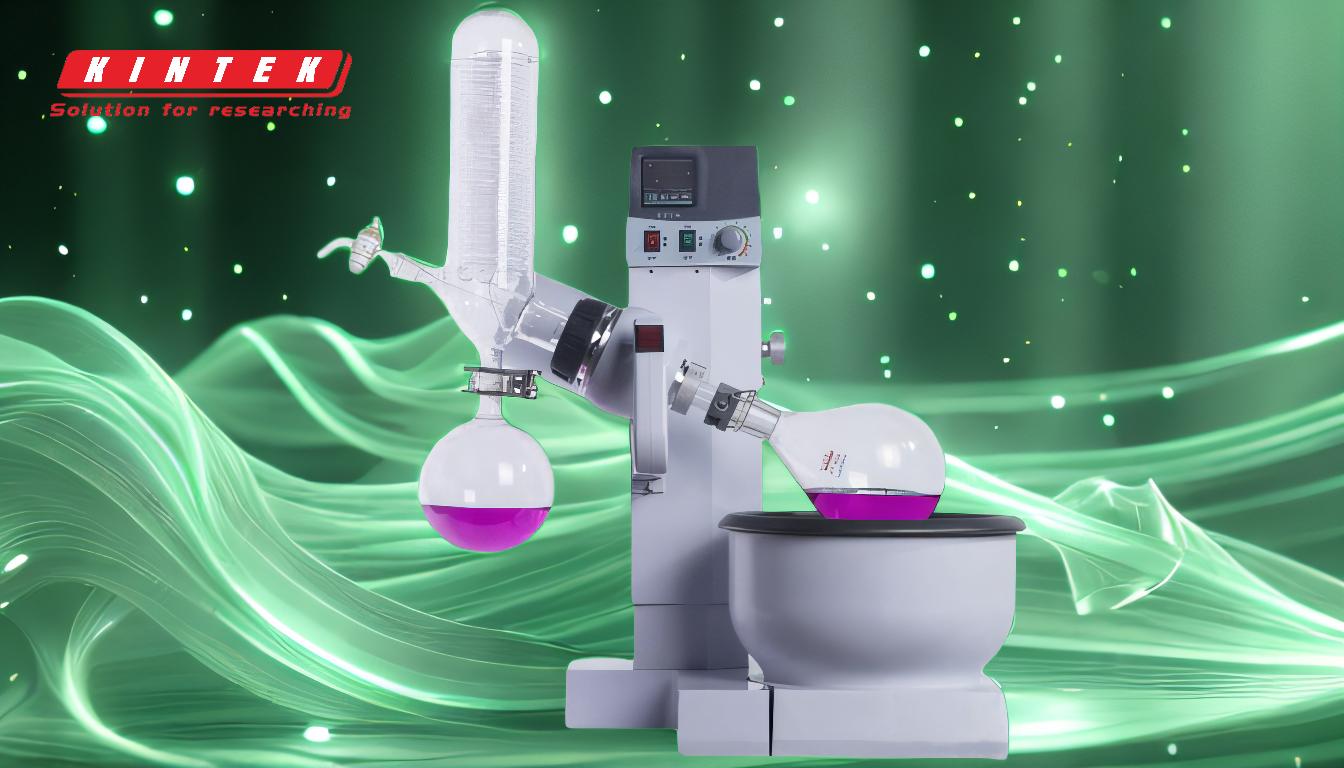Fractional distillation is a separation technique used to isolate components of a mixture based on their differing boiling points. It involves heating the mixture to create vapor, which then rises through a fractionating column. The column provides multiple vaporization-condensation cycles, enhancing separation efficiency. Components with lower boiling points condense and are collected first, while those with higher boiling points condense later. This process is particularly useful for separating liquids with similar boiling points, as it refines the purity of each component through repeated cycles. The final distillates are collected at different stages, ensuring a high degree of separation and purity.
Key Points Explained:

-
Definition and Purpose:
- Fractional distillation is a method used to separate a mixture into its individual components based on their boiling points.
- It is especially effective for mixtures where the components have similar boiling points, as it allows for precise separation.
-
Process Overview:
- Heating: The mixture is heated to a temperature where one or more components vaporize.
- Vaporization: The vapor rises through a fractionating column, which is packed with materials to increase surface area for condensation.
- Condensation: As the vapor rises, it encounters cooler temperatures, causing it to condense back into liquid form.
- Collection: The condensed liquids are collected at different stages of the column, with lower boiling point components collected first.
-
Fractionating Column:
- The column is designed to create multiple vaporization-condensation cycles, improving the separation efficiency.
- It is hotter at the bottom and cooler at the top, allowing for precise temperature control and separation of components.
-
Separation Mechanism:
- Components with lower boiling points vaporize first and condense at higher levels in the column.
- Components with higher boiling points require more heat and condense at lower levels.
- This repeated cycle of vaporization and condensation enhances the purity of each separated component.
-
Applications:
- Fractional distillation is widely used in industries such as petroleum refining, chemical manufacturing, and essential oil extraction.
- It is also used in laboratories for purifying chemicals and isolating specific compounds from complex mixtures.
-
Advantages:
- High efficiency in separating components with similar boiling points.
- Scalable for both small laboratory setups and large industrial applications.
- Provides high-purity distillates through repeated cycles.
-
Considerations:
- The process requires precise control of temperature and pressure.
- The design of the fractionating column and the choice of packing material can significantly impact the separation efficiency.
- It is more effective when there is a significant difference in the boiling points of the components.
By understanding these key points, one can appreciate the complexity and utility of fractional distillation in various scientific and industrial applications. This method is indispensable for achieving high-purity separations, making it a cornerstone in many fields of chemistry and engineering.
Summary Table:
| Aspect | Key Details |
|---|---|
| Definition | Separation technique based on boiling points, ideal for similar boiling points. |
| Process | Heating → Vaporization → Condensation → Collection of components. |
| Fractionating Column | Enhances separation via multiple vaporization-condensation cycles. |
| Applications | Petroleum refining, chemical manufacturing, essential oil extraction, labs. |
| Advantages | High efficiency, scalable, high-purity distillates. |
| Considerations | Requires precise temperature/pressure control and effective column design. |
Discover how fractional distillation can optimize your separation processes—contact our experts today!










